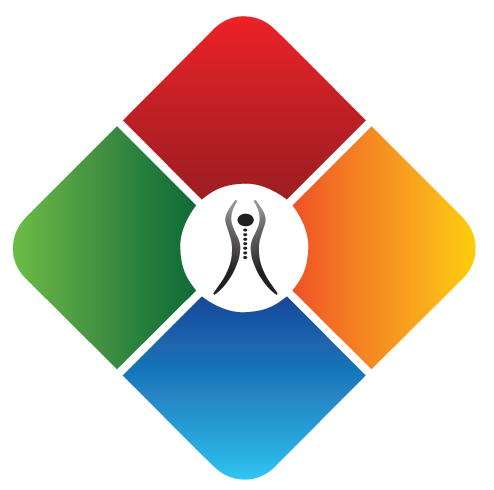The sciatic nerve is a large nerve that travels down the back of the leg and all the way down into the foot. It’s made up of a few nerves in the lumbar spine/low back. Those nerves come out the lowest portion of the back and make up the large sciatic nerve.
Sciatica is probably one of the most common issues we see here in the clinic. We see many patients experiencing pain that travels down their legs and into their foot. (There could also be pain in the calf or hamstring.) Patients are often surprised to learn that their issue is actually originating in the low back, since they aren’t experiencing any type of low back pain.
Diagnosis & Treatment
As we’ve spoken about in the past, proper diagnosis, evaluation, and examination are all very important to isolate the issue and develop an effective treatment plan. Patients could have a small amount of disc bulge or tightness in the glute muscle. Those types of issues can contribute to sciatic symptoms.
The gold standard of diagnosing a disc problem or other issue in the low back that could be contributing to sciatica is examination and potentially MRI. MRI is going to give us the most information because we can actually see what’s going on within the patient’s anatomy.
Chiropractic care, physical therapy, pain management, medication, and injections are all conservative treatment options. We’ll make a recommendation according to the patient’s unique situation.
Self-Management
The first practice that would be beneficial is to interrupt your sitting. (We’ve spoken about this at length in past posts.) Imagine what happens to your body when you remain seated for an extended period of time. Gravity is working against you—the axial force that pulls you towards the earth will gradually increase irritation and pressure in the low back.
If there’s already an issue in that area of the body, being seated for extended periods will continue to apply pressure to the nerve. The compressive load will aggravate the situation even more. Simply put, get up and keep moving as much as possible. If you have a desk job, get up every 15 to 20 minutes and move around throughout the day.
The next important thing to work on is mobility. That starts with figuring out where in the body you’re tight (or even stuck). As you remain seated, the hips and mid back become very tight. Your lumbar spine/low back will potentially become overloaded as a result. Even though the issue originates in the low back, it’s important to look at the regions above and below (the hips and mid back). We can increase motion and flexibility with some simple stretching, for instance. If we can get your hips and mid back moving, hopefully we’ll take some pressure off your low back.
As a cautionary note, I think that patients should be extremely wary of looking online for stretches in an attempt to manage sciatica. Sometimes these stretches can actually be counterproductive—they could end up aggravating the condition. That’s why it’s so important to get checked out first.
Lastly, it’s very important that you work on improving stability in the lumbar spine, trunk, and core. Many of us become lazy or too busy to exercise as much as we should. As a result, we tend to get weak around our core around the lumbar spine. That weakness yields to becoming overloaded. You’re setting yourself up for failure if you don’t have enough core stability. Once you do start moving around, you’ll get irritated easily. The inflammation will put pressure on the sciatic nerve and cause pain to travel down into the leg.
Try doing some simple planks on your toes and forearms. (You can also do a modified version on your knees.) This is a very simple and effective exercise to improve core stability. You should stay away from sit-ups or crunches that cause the spine to curl upward. You should also watch out for other bending or lifting motions that could potentially be dangerous if you have sciatica. Those kinds of movements could aggravate the issue.
If you would like to learn more about the options available to manage your sciatica, contact us online or give us a call at (918) 743-3737.
Podcast: Play in new window

